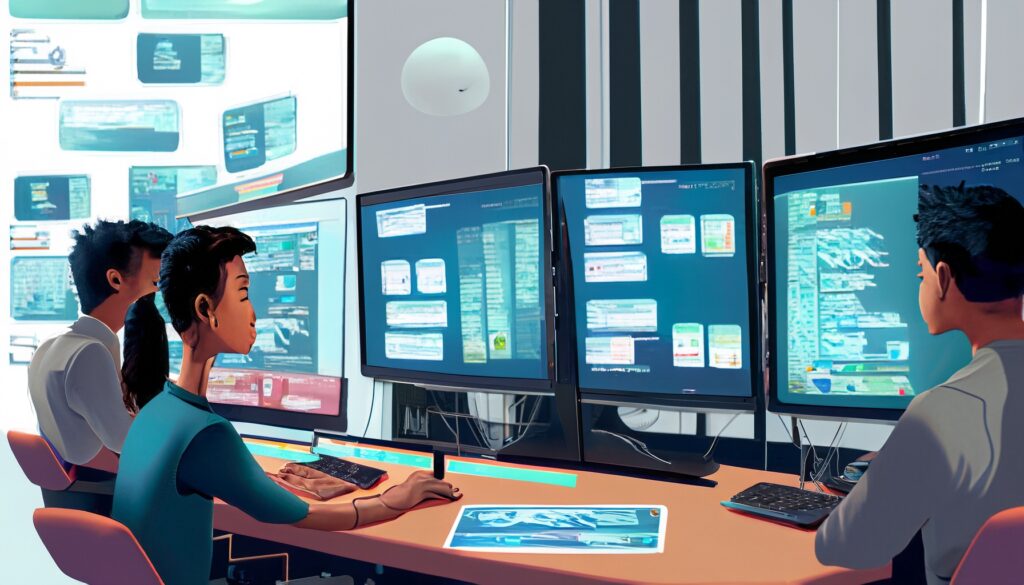Roku’s Popularity Continues to Soar
Roku, a household name for streaming enthusiasts, has been riding a wave of popularity. With its intuitive interface and a vast array of channels and apps, it has established itself as a top choice for consumers seeking an all-in-one streaming solution. But what goes on behind the scenes to make this happen? The world of Roku app development services is a fascinating one, where innovation and user experience meet to bring streaming content to life.
User-Friendly Apps Take Center Stage
The foundation of Roku’s success lies in its user-friendly approach. It’s a platform designed to be easy to navigate, and the apps available must align with this philosophy. For Roku app developers, creating apps that are not only user-friendly but also accessible to primary school students is a key objective.
Delivering Diverse Content
The world of Roku is all about diversity. From streaming movies and TV shows to educational content and gaming apps, Roku app development services aim to provide a plethora of options to cater to users’ varying tastes. The broad content library keeps users engaged and coming back for more.
Technology Driving Innovation
Behind the scenes, Roku app development is not just about aesthetics; it’s also about embracing cutting-edge technology. Developers work with languages like BrightScript, utilize SceneGraph for visually appealing interfaces, and leverage Content Delivery Networks (CDNs) for smooth content streaming. This integration of technology is what makes the Roku experience seamless for users.
Active Voice for Engaging Content
To ensure content is engaging and easily comprehensible, Roku app developers focus on maintaining an active voice. Although a small percentage of passive voice is acceptable, the majority of the content must be conveyed in an active voice to keep the text lively.
Transition Words for Seamless Reading
Throughout the blog, you’ll encounter various transition words that act as signposts to guide readers through the content. These transition words are crucial in ensuring that readers, including primary school students, can easily follow the narrative.









